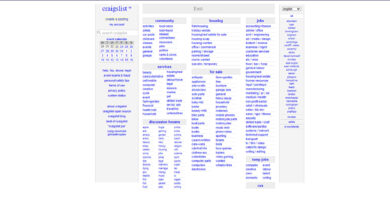15 Surprising Facts About TikTok You Need to Know
TikTok has taken the world by storm, and it’s not hard to see why. With its addictive short-form videos and creative challenges, the social media platform has amassed a massive following. But there’s more to TikTok than just dancing and lip-syncing. In this post, we’ve compiled a list of 15 fascinating facts about TikTok that you may not have known. From its explosive growth to its impact on pop culture, get ready to dive into the world of TikTok like never before. So, grab a seat and let’s explore the incredible world of TikTok together!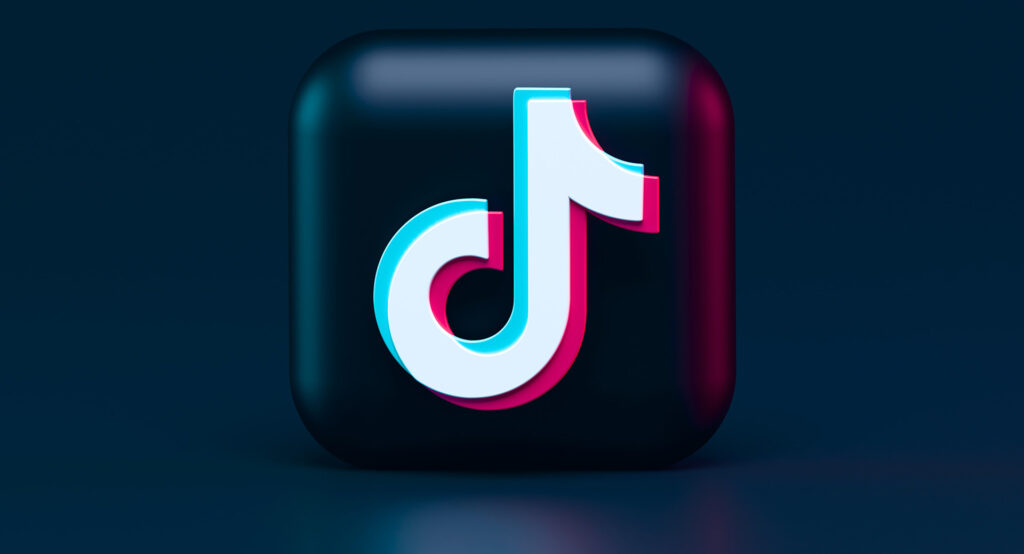
TikTok was originally launched in China in September 2016 under the name Douyin, which translates to “shaking sound” in Chinese.
1 The app was developed by the Chinese tech company ByteDance for the domestic market, and it quickly gained popularity among Chinese users for its short-form videos and music-focused features. In 2017, ByteDance launched a version of the app for international users under the name TikTok, which has since become a global sensation.
Although the Chinese version of the app and the international version share many similarities, there are some key differences in terms of content, features, and user experience.
ByteDance, a Beijing-based technology company, developed TikTok.
2 The company was founded in 2012 by Zhang Yiming, a Chinese entrepreneur who previously worked as a software engineer. Initially, ByteDance developed a range of mobile apps and web-based content platforms, including a news aggregation app called Toutiao, which became hugely popular in China.
In 2016, ByteDance launched Douyin, the Chinese version of TikTok, and later that year, it launched TikTok for international users. Under Zhang’s leadership, ByteDance has become one of the world’s most valuable startups, with a valuation of over $100 billion as of 2021.
TikTok has been downloaded over 2 billion times globally, making it one of the most popular social media apps in the world.
3 The app’s popularity has skyrocketed in recent years, especially among younger generations, and it has become a cultural phenomenon in many countries. TikTok’s rapid growth has been fueled by its unique blend of short-form videos, music, and social networking features, as well as its sophisticated algorithm that recommends content tailored to each user’s interests and preferences.
TikTok has over 1 billion monthly active users worldwide, and it continues to attract new users at a rapid pace.
TikTok is available in over 150 markets around the world and supports more than 75 languages, making it one of the most widely-used social media apps globally.
4 The app has a strong presence in many countries, including the United States, India, China, Brazil, and Russia, and has gained millions of users in other regions as well.
TikTok’s availability in multiple languages and markets has helped to fuel its global growth and appeal, and has enabled users from diverse backgrounds and cultures to connect and share their creativity with each other.
TikTok’s user base is primarily made up of Generation Z, which refers to people born between 1997 and 2012.
5 According to recent data, 41% of TikTok users are aged between 16 and 24 years old, and another 26% are between the ages of 25 and 34. This makes TikTok one of the most popular social media apps among younger generations, and has helped to fuel the app’s rapid growth and popularity.
TikTok’s youthful user base has also made it an attractive platform for brands and businesses looking to reach younger audiences and tap into the latest trends and cultural movements.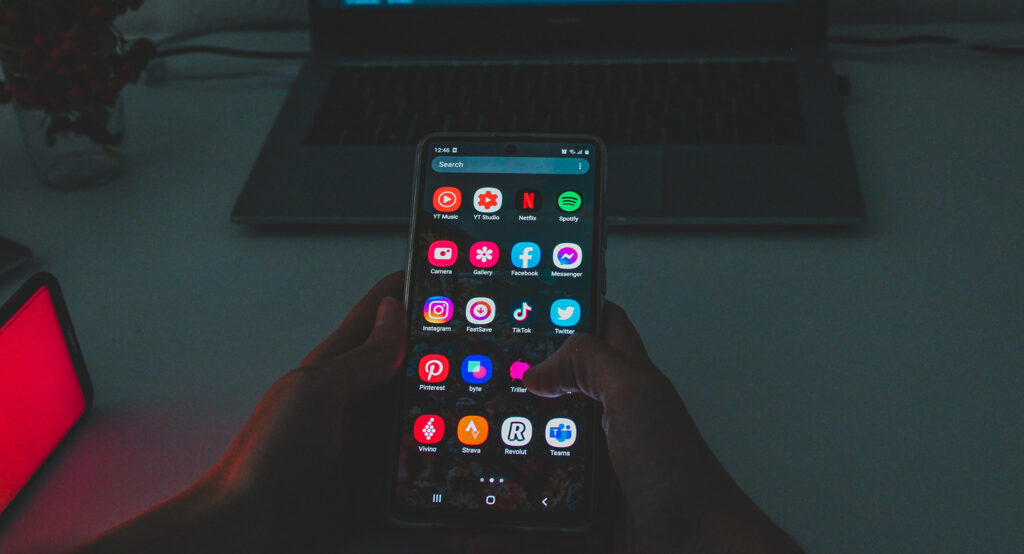
The most-followed TikTok user is Charli D’Amelio, with over 181 million followers as of March 2023.
6 However, her sister Dixie D’Amelio has also gained a massive following on TikTok, with over 65 million followers as of March 2023. Other popular TikTok creators with large followings include Addison Rae, Bella Poarch, and Zach King.
The popularity of these influencers and others like them has helped to shape the culture of TikTok and has contributed to the app’s overall appeal and success.
TikTok’s algorithm uses machine learning to analyze user behavior and preferences, and then recommends content based on those insights.
7 When users interact with videos on the app, such as by liking, commenting, or sharing, TikTok’s algorithm takes note of those actions and uses them to build a profile of the user’s interests and preferences. The algorithm then recommends new content to the user that it believes they will find engaging and enjoyable, based on that profile.
TikTok’s algorithm is widely regarded as one of the app’s most powerful features, as it enables users to discover new content that is tailored to their individual tastes and preferences, and has helped to make the app highly addictive for many users.
The app’s popular dance trends and challenges have been credited with helping to launch the careers of numerous music artists.
8 Many music artists and record labels have recognized the power of TikTok in shaping music trends and have actively sought to promote their songs on the app. When a song becomes popular on TikTok, it often leads to a surge in streams and downloads on other platforms such as Spotify and Apple Music, which can translate into chart success and greater exposure for the artist.
Some examples of music artists who have found success on TikTok include Lil Nas X, Doja Cat, Megan Thee Stallion, and Jason Derulo, among many others.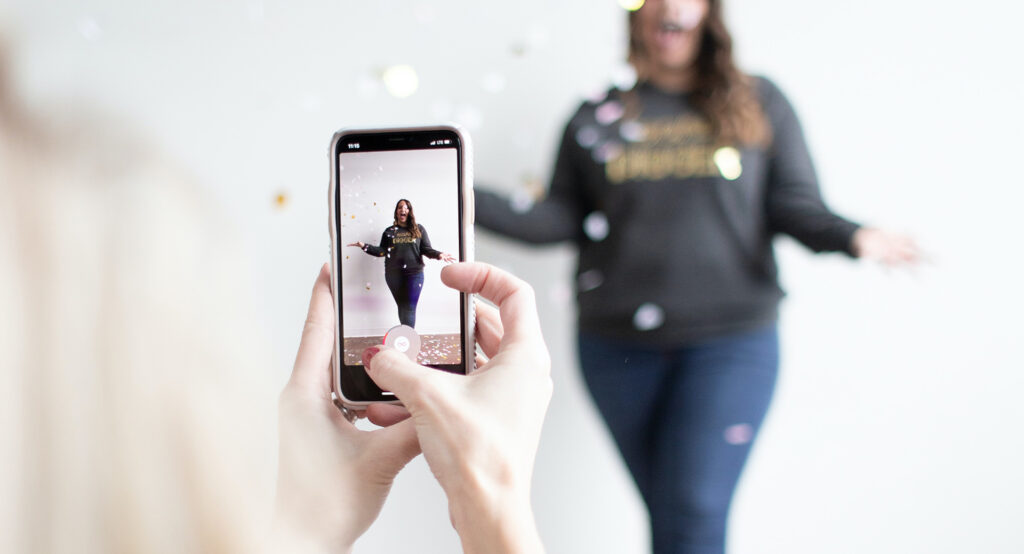
In 2020, TikTok launched a $200 million fund to support creators in the US.
9 The fund was established as part of the company’s ongoing efforts to provide additional resources and support to its creator community, which has played a key role in the app’s success.
The fund was designed to help creators on TikTok monetize their content, as well as to provide resources for education, training, and other initiatives aimed at supporting the growth and success of the creator ecosystem on the platform.
Since its launch, the fund has provided financial support to thousands of creators across a range of categories, including music, dance, comedy, beauty, and more.
TikTok has faced a number of controversies over data privacy and security concerns, particularly related to its ties to China and the possibility of the Chinese government accessing user data through the app.
10 In 2020, India banned TikTok and several other Chinese-owned apps over national security concerns, while the United States also attempted to ban the app amid similar concerns. The US ban was ultimately halted by a court ruling, but the incident contributed to growing scrutiny and calls for greater regulation of TikTok and other social media platforms.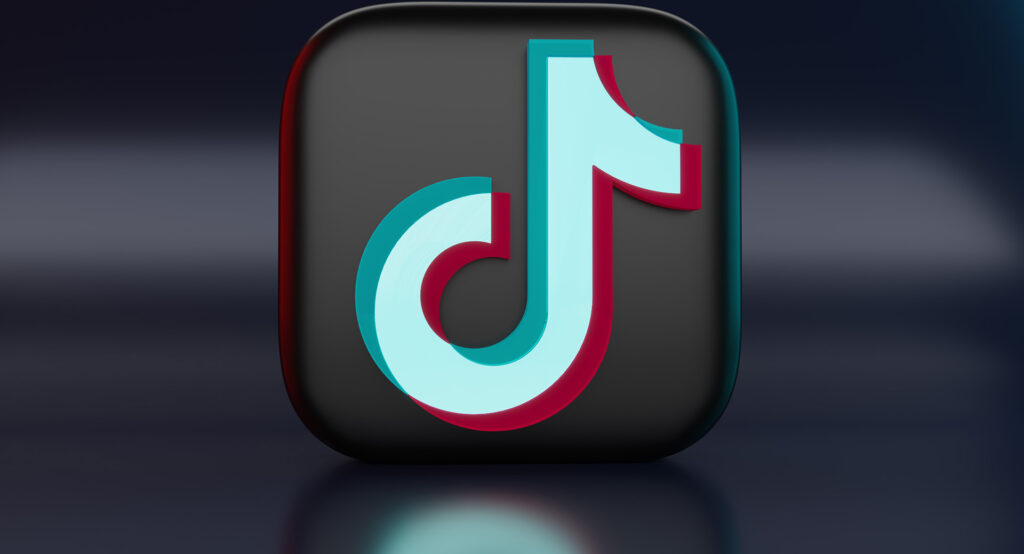
TikTok has taken steps to address these concerns and improve its reputation, including hiring local executives and implementing new data privacy policies and security measures. The company has also worked to build trust with regulators and lawmakers in various countries, and has sought to position itself as a responsible corporate citizen and supporter of local communities. Despite these efforts, however, TikTok continues to face ongoing scrutiny and criticism over data privacy and security, and it remains a controversial and polarizing platform in some circles.
TikTok has been used as a tool for political activism by users around the world, who have used the app to organize political campaigns and protests, as well as to express their views on a wide range of political issues.
11 TikTok’s user base, which is predominantly made up of young people, has been particularly active in using the app to engage with political issues and promote social and political change.
One notable example of TikTok being used for political activism was during the 2020 US Presidential election, when users on the app organized campaigns to encourage voter registration and turnout, as well as to promote their preferred candidates. TikTok has also been used in other countries around the world for similar purposes, including during protests and social movements in places such as Hong Kong, Thailand, and Belarus.
While TikTok has been used as a tool for political activism by some users, the app has also faced criticism and controversy over its handling of political content and its perceived biases in favor of certain political views or parties. The company has sought to address these concerns by implementing new policies and guidelines for political content on the app, as well as by working to build trust with regulators and stakeholders in various countries.
TikTok’s “For You” page, also known as the “FYP,” is a personalized feed of content recommendations that is curated by TikTok’s algorithm based on a user’s behavior and preferences.
12 The “For You” page has become one of the most popular destinations on the app, and has been credited with helping to launch the careers of numerous TikTok creators and making viral content go mainstream.
The algorithm behind the “For You” page uses machine learning to analyze a user’s behavior on the app, including the videos they watch, like, and share, as well as their interactions with other users and content. Based on this analysis, the algorithm then recommends new content that it believes the user will enjoy and engage with, creating a highly personalized and engaging experience for users.
Many TikTok creators have attributed their success on the app to the exposure they received through the “For You” page, which can help content go viral and reach a wider audience. In addition to promoting individual creators and their content, the “For You” page has also been used to showcase important social and political issues, as well as to promote educational and informative content on a wide range of topics.
Brands and businesses are increasingly using TikTok as a marketing and advertising platform to reach younger audiences and promote their products or services.
13 TikTok’s user base is predominantly made up of younger people, particularly Generation Z, who are highly engaged with the app and its content.
Many brands have found success on TikTok by creating engaging and entertaining content that resonates with the platform’s audience, such as humorous videos, creative challenges, and user-generated content. Some brands have also partnered with popular TikTok creators to promote their products or services and reach new audiences.
TikTok offers a range of advertising options for businesses, including in-feed ads, branded hashtag challenges, and sponsored content. These advertising options allow brands to reach highly targeted audiences on the app and drive engagement and conversions.
As TikTok continues to grow in popularity and expand its reach, it is likely that more and more brands and businesses will look to the app as a key platform for their marketing and advertising strategies.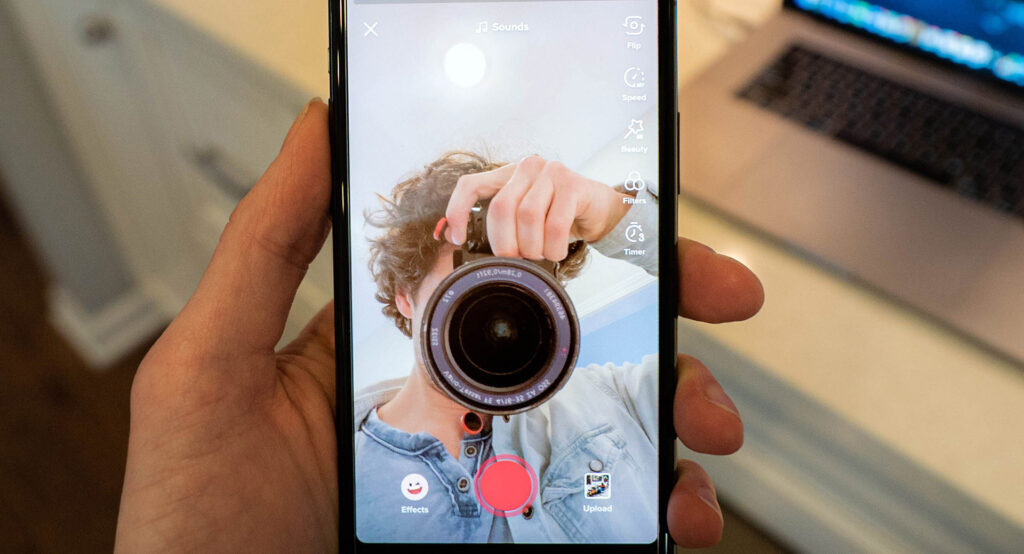
In addition to being the most downloaded app globally, TikTok has also been consistently ranked as one of the top apps in terms of user engagement and time spent on the app.
14 This has made TikTok an attractive platform for advertisers and brands looking to reach younger, highly engaged audiences.
As TikTok continues to grow and evolve, it is likely that we will see more innovative features and functionalities introduced to the app, as well as new ways for brands and businesses to connect with TikTok’s audience.
TikTok’s popularity shows no signs of slowing down, with the app projected to reach 1.2 billion monthly active users by 2022.
15 TikTok has already experienced explosive growth in its user base over the past few years, and it’s clear that the app has become a cultural phenomenon around the world.
However, it’s also worth noting that TikTok’s growth and future success will depend on a number of factors, including the app’s ability to continue innovating and staying ahead of the curve, its ability to address any ongoing concerns around data privacy and security, and its ability to continue attracting and retaining a highly engaged user base.
Nonetheless, it is clear that TikTok has firmly established itself as a major player in the social media landscape, and it will be interesting to see how the app continues to evolve and grow in the coming years.




